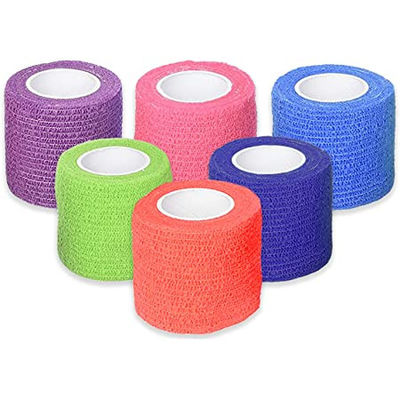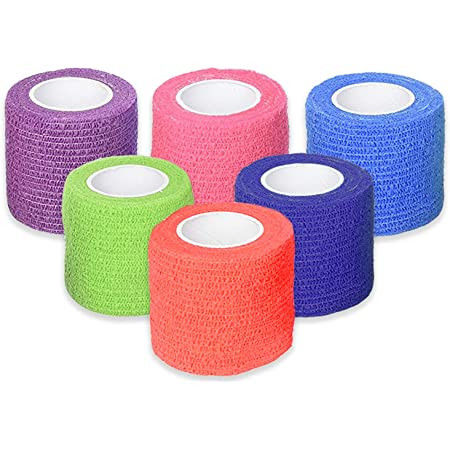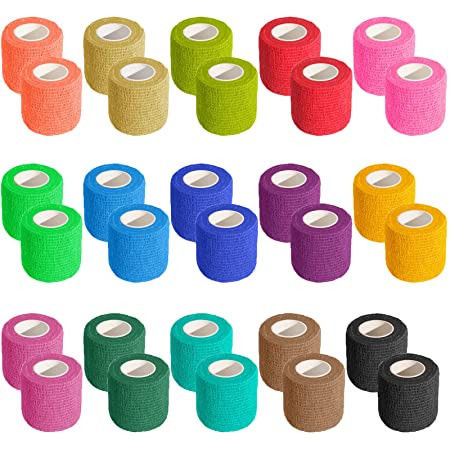
7.5cm*4.5m Cotton And Spandex Fabric Tear Stretch Adhesive Bandage Custmed
-
Highlight
Cotton and Spandex Adhesive Bandage
,7.5cm*4.5m Adhesive Bandage
,Custmed Adhesive Bandage
-
Place Of OriginChina
-
Disinfecting TypeEO
-
Size7.5CM ,10CM*4.5M/customed
-
StockNo
-
Shelf Life3 Years
-
MaterialNon-woven
-
Quality CertificationISO, CE
-
Instrument ClassificationClass I
-
PropertiesMedical Adhesive & Suture Material
-
ColorAccustomed
-
FunctionReduce Vibration,Non Slip,Improve Stability
-
PackingMulti Options,OEM
-
Multi Options,OEMCE/ISO
-
Place of OriginChina
-
Brand NameHenan
-
CertificationCE
-
Model NumberCustomed
-
Minimum Order Quantity5000pcs
-
PriceNegotiable
-
Packaging DetailsIndividual Packaging
-
Delivery Time24-30 days
-
Payment TermsL/C, T/T, Western Union
-
Supply Ability50000000pcs per month
7.5cm*4.5m Cotton And Spandex Fabric Tear Stretch Adhesive Bandage Custmed
7.5cm*4.5m Cotton and Spandex Fabric Tear Stretch Adhesive Bandage Custmed
Product description
The Tear Stretch Adhesive Bandage is a medical bandage with high elasticity and tear resistance. Designed to provide a comfortable wrapping experience, this bandage helps protect injured areas while promoting healing. Its premium adhesive properties ensure secure fixation while allowing the skin to breathe freely. Suitable for various situations such as minor sprains, cuts, and abrasions, the Tear Stretch Adhesive Bandage is an ideal choice for both home first aid kits and medical facilities.
Key Features
- High elasticity design, suitable for wrapping various body parts
- Tear-resistant properties for reliable protection
- Comfortable and breathable, aiding in wound healing
- Premium adhesive performance ensures secure fixation
- Multi-functional use, suitable for minor sprains, cuts, abrasions, and more
- Ideal choice for home first aid and medical facilities
![]()
Advantages
- Versatile usability for different types of injuries
- Enhanced comfort due to its breathable design
- Reliable protection with its tear-resistant properties
- Secure fixation ensured by its premium adhesive performance
- Suitable for a wide range of situations including minor sprains, cuts, and abrasions
- Ideal for both personal use and professional medical settings
Application
- First aid for minor injuries such as cuts, scrapes, and bruises
- Secure wrapping for sprains and strains
- Protection for post-surgery wounds
- Support for joints during physical activities
- Emergency wound care in home, sports, or medical settings
![]()
FAQ
1.What is the stretchy bandage wrap called?
A compression bandage is a long strip of stretchable cloth that you can wrap around a sprain or strain. It's also called an elastic bandage or a Tensor bandage. The gentle pressure of the bandage helps reduce swelling, so it may help the injured area feel better.
2.What is elastic adhesive bandage used for?
An elastic support bandage is a stretchy piece of fabric that provides localised compression and support to almost any muscle or joint structure in the body. They need to be wrapped properly in order to provide adequate support, and are ideal for preventing strains, sprains and other minor injuries.
3.What is the difference between adhesive and bandage?
adhesive tape: sticky non-permeable tape used to secure local dressing. bandage adhesive: sticky material applied to the skin to help in the application of various forms of tape; commonly used adhesive is tincture of benzoin.
4.How long does adhesive bandage last?
Though most bandages technically do not have a listed expiry date, they can lose their adhesiveness, absorption, and sterility over time. When asking how long bandages last, the average is roughly 3 to 5 years depending on the bandage and the environment it is stored in.
5.What is stretchable bandage?
An elastic bandage is a "stretchable bandage used to create localized pressure". Elastic bandages are commonly used to treat muscle sprains and strains by reducing the flow of blood to a particular area by the application of even stable pressure which can restrict swelling at the place of injury.



